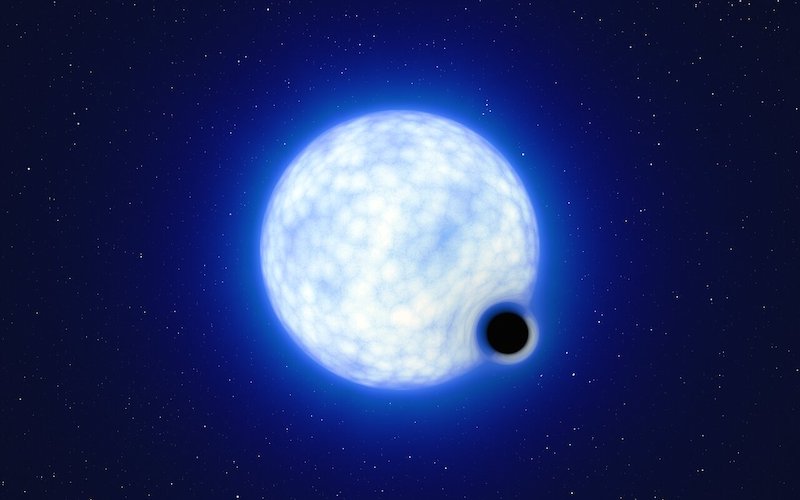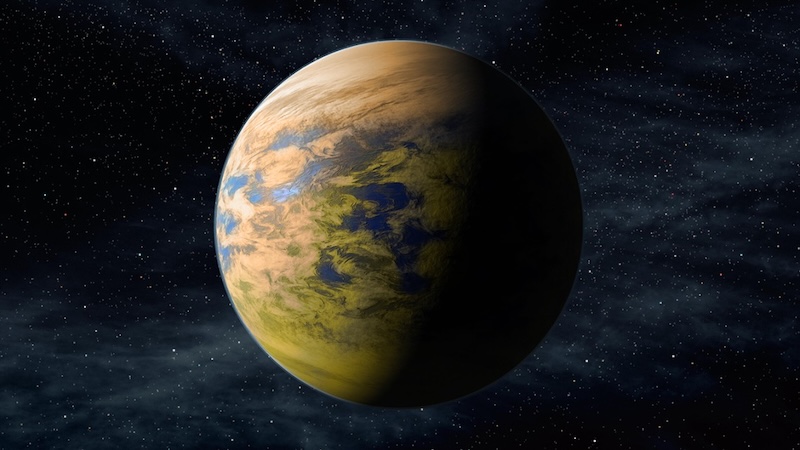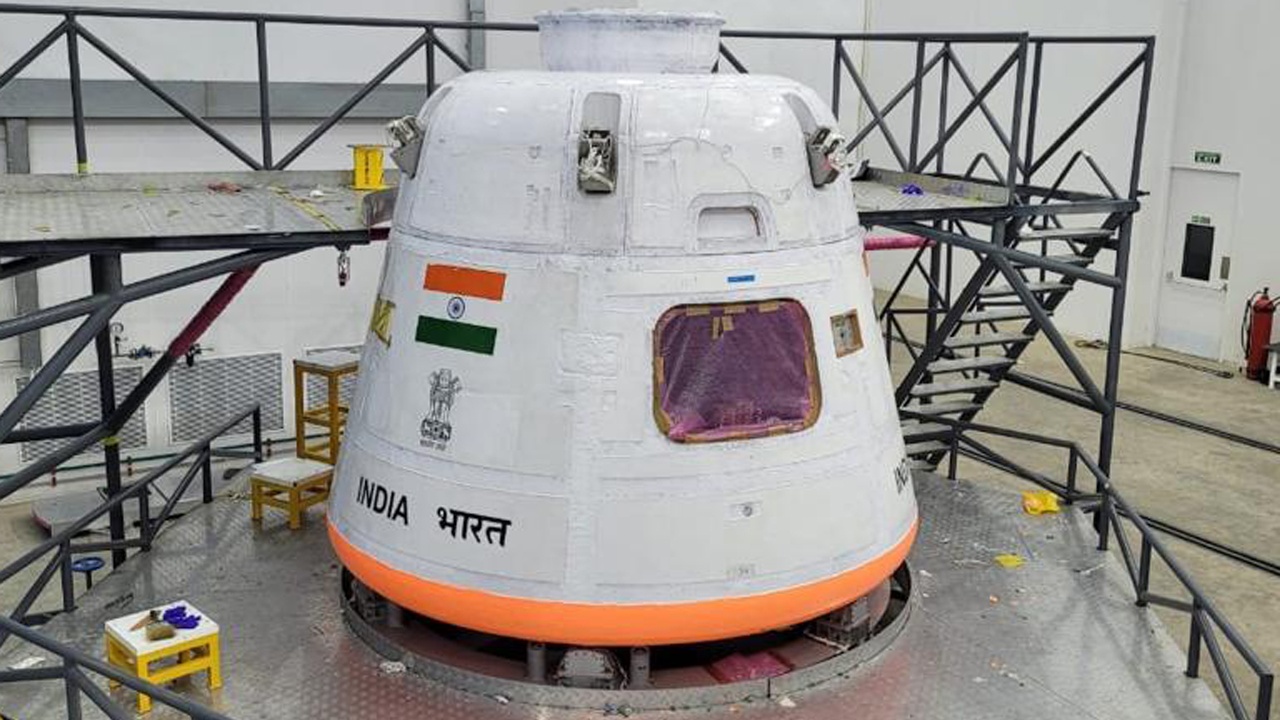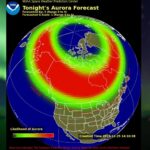Now Reading: Magnetars’ strong flares forge gold and other heavy elements
-
01
Magnetars’ strong flares forge gold and other heavy elements
Magnetars’ strong flares forge gold and other heavy elements
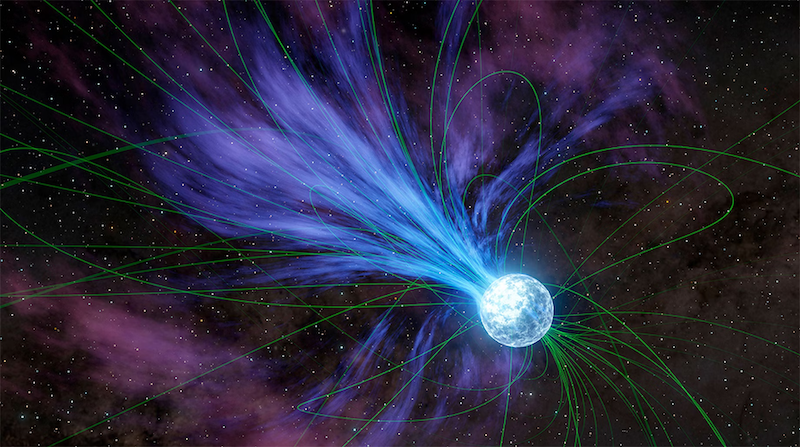

Science matters. Wonder matters. You matter. Join our 2025 Donation Campaign today.
- Powerful flares from magnetars – compact, dead stars with intense magnetic fields – can create heavy elements such as gold and platinum.
- A single flare from magnetar SGR 1806–20 in 2004 is thought to have produced a huge mass of heavy elements, possibly equal to a third of Earth’s mass.
- This discovery adds magnetar flares as a third major source of heavy elements in the universe, alongside neutron star mergers and supernovas.
Magnetars: a new mechanism for creating heavy elements
After black holes, neutron stars are the densest objects in the universe. A neutron star forms when the core of a massive star collapses during a supernova explosion. Intense gravitational forces compress the core, reducing most of its elements to subatomic particles called neutrons. And magnetars are neutron stars with intense magnetic fields. On April 29, 2025, astronomers said a powerful flare unleashed by a magnetar, named SGR 1806–20, created large amounts of heavy elements including gold, strontium, uranium and platinum. They think magnetar flares could produce as much as 10% of the heavy elements in our galaxy.
Anirudh Patel of Columbia University is the lead author of the study. He said:
It’s pretty incredible to think that some of the heavy elements all around us, like the precious metals in our phones and computers, are produced in these crazy extreme environments.
Just a few decades ago, scientists thought all elements heavier than iron formed during supernova explosions. But mathematical models indicated this wasn’t a complete picture, however. Supernovas do make heavy elements. But supernovas alone couldn’t have created the abundance of heavy elements we see in the universe today.
So astronomers began looking for other sources of heavy elements. They learned that merging neutron stars also create these elements.
And now, with this new study, it appears magnetar flares create them, too. Magnetar flares are an additional important source of heavy elements.
The researchers published their peer-reviewed findings in The Astrophysical Journal Letters on April 29, 2025.
A tantalizing observation of a magnetar flare creating heavy elements
On December 27, 2004, the Earth-orbiting Swift Observatory, which includes a gamma-ray telescope, detected a powerful burst of radiation. It came from SGR 1806–20, a magnetar with a magnetic field trillions of times stronger than Earth’s magnetic field.
In space, violent cosmic events emit gamma rays, or electromagnetic energy at short wavelengths. In this case, the flare from the magnetar lasted just a few seconds but blasted more energy than our sun would release in one million years. Moreover, about 10 minutes later, the observatory detected a second, weaker signal from this star. Subsequently, for 20 years, this weaker signal remained a mystery.
Astronomers now say the weaker signal was from the creation of heavy elements. Their calculations indicate the powerful flare formed a large quantity of heavy elements, as much as a third of Earth’s mass.
The study’s co-author, Brian Metzger of Columbia University, commented:
This is really just the second time we’ve ever directly seen proof of where these elements form. It’s a substantial leap in our understanding of heavy elements production.
The first time astronomers witnessed the formation of heavy elements was in 2017. It was during the merger of two neutron stars orbiting each other, 130 million light-years away in another galaxy. Gravitational waves from the merger caused ripples in the fabric of space-time that the LIGO and Virgo gravitational wave interferometers picked up. Later, ground- and space-based telescopes made follow-up observations of the merger, looking for the presence of heavy elements. The European Southern Observatory was the first to report the direct detection of strontium.
Formation of lighter elements in the hearts of stars
Our universe came into being in an event called the Big Bang, 13.8 billion years ago. Hydrogen and helium, as well as small amounts of lithium, permeated the young universe. Then, gases started clumping, eventually gravitationally collapsing to form stars. And the early material of the universe – stars and gases – gravitationally coalesced into the first galaxies.
Within the cores of these first stars, which astronomers think were massive stars, nuclear fusion converted hydrogen to helium, releasing energy that made them shine. As the stars evolved, subsequent fusion reactions created heavier elements such as carbon, silicon and oxygen, all the way up to iron.
Many of these massive stars, which had short lifespans on the order of a few million years, exploded as supernovas. The explosions scattered heavier elements into the interstellar medium, swept up in gases that formed the next generations of stars.
Formation of heavy elements via neutron capture
Within stellar cores, the heaviest element that can form via nuclear fusion is iron. For even heavier elements to form, such as strontium, platinum and gold, another mechanism is necessary.
That process is called neutron capture, when an atomic nucleus and neutrons collide to form a heavier nucleus. These heavier nuclei may initially be unstable but eventually settle into a stable state to become one of several heavy elements we recognize today.
Neutron capture happens at two different paces. Slow neutron capture, which astronomers call s-process, is the creation of heavy elements up to lead, over the timescale of 10,000 years. It is a process that happens in massive stars toward the end of their evolutionary lifetime.
Rapid neutron capture, or r-process, requires extreme energetic conditions rich in neutrons. Here, heavy nuclei form quickly, over one to two seconds.
The r-process can happen when the core of a massive star implodes as it becomes a supernova. It also happens when two neutron stars collide. In both events, massive amounts of neutrons are released. The neutrons collide with “seed” atomic nuclei to create much heavier nuclei. Many of these heavy nuclei are unstable and eventually settle down to become the heavier elements we know today.
The story of how elements formed in the universe is absolutely fascinating. If you would like to learn more, please check out these excellent lectures by astronomer Anna Frebel.
A third way to make heavy elements, via flares in magnetars
This new study provides evidence that there is a third way to create heavy elements, via the r-process, in powerful magnetar flares. The infographic below illustrates the process.

Keeping a lookout for more flares in magnetars
The scientists think about 1% to 10% of elements created via the r-process, or rapid neutron capture, originate in magnetar flares. The rest of these heavy elements come from neutron star mergers. But how much each process contributes is hard to know for sure. So far, astronomers have only observed one neutron star merger and one magnetar flare, both with evidence of heavy element production.
Patel said:
The interesting thing about these giant flares is that they can occur really early in galactic history. Magnetar giant flares could be the solution to a problem we’ve had where there are more heavy elements seen in young galaxies than could be created from neutron star collisions alone.
The researchers need more data to narrow down the percentage of elements created via rapid neutron capture in flares from magnetars. NASA will be launching the Compton Spectrometer and Imager mission in 2027. This gamma-ray telescope will, hopefully, detect more magnetar flares.
Metzger said:
Once a gamma-ray burst is detected, you have to point an ultraviolet telescope at the source within 10 to 15 minutes to see the signal’s peak and confirm r-process elements are made there. It’ll be a fun chase.
Bottom line: For the first time, astronomers have observed the formation of heavy elements such as gold and platinum in a flare from a highly magnetized neutron star, called a magnetar.
Read more: Gravitational waves, and more, from merging neutron stars
The post Magnetars’ strong flares forge gold and other heavy elements first appeared on EarthSky.
Stay Informed With the Latest & Most Important News
-
 012024 in Review: Highlights from NASA in Silicon Valley
012024 in Review: Highlights from NASA in Silicon Valley -
 02Panasonic Leica Summilux DG 15mm f/1.7 ASPH review
02Panasonic Leica Summilux DG 15mm f/1.7 ASPH review -
 03How New NASA, India Earth Satellite NISAR Will See Earth
03How New NASA, India Earth Satellite NISAR Will See Earth -
 04And Thus Begins A New Year For Life On Earth
04And Thus Begins A New Year For Life On Earth -
 05Astronomy Activation Ambassadors: A New Era
05Astronomy Activation Ambassadors: A New Era -
06SpaceX launch surge helps set new global launch record in 2024
-
 07Space Force plans new ‘Futures Command’ amid pressure to speed up modernization
07Space Force plans new ‘Futures Command’ amid pressure to speed up modernization












